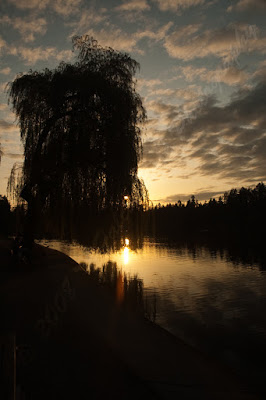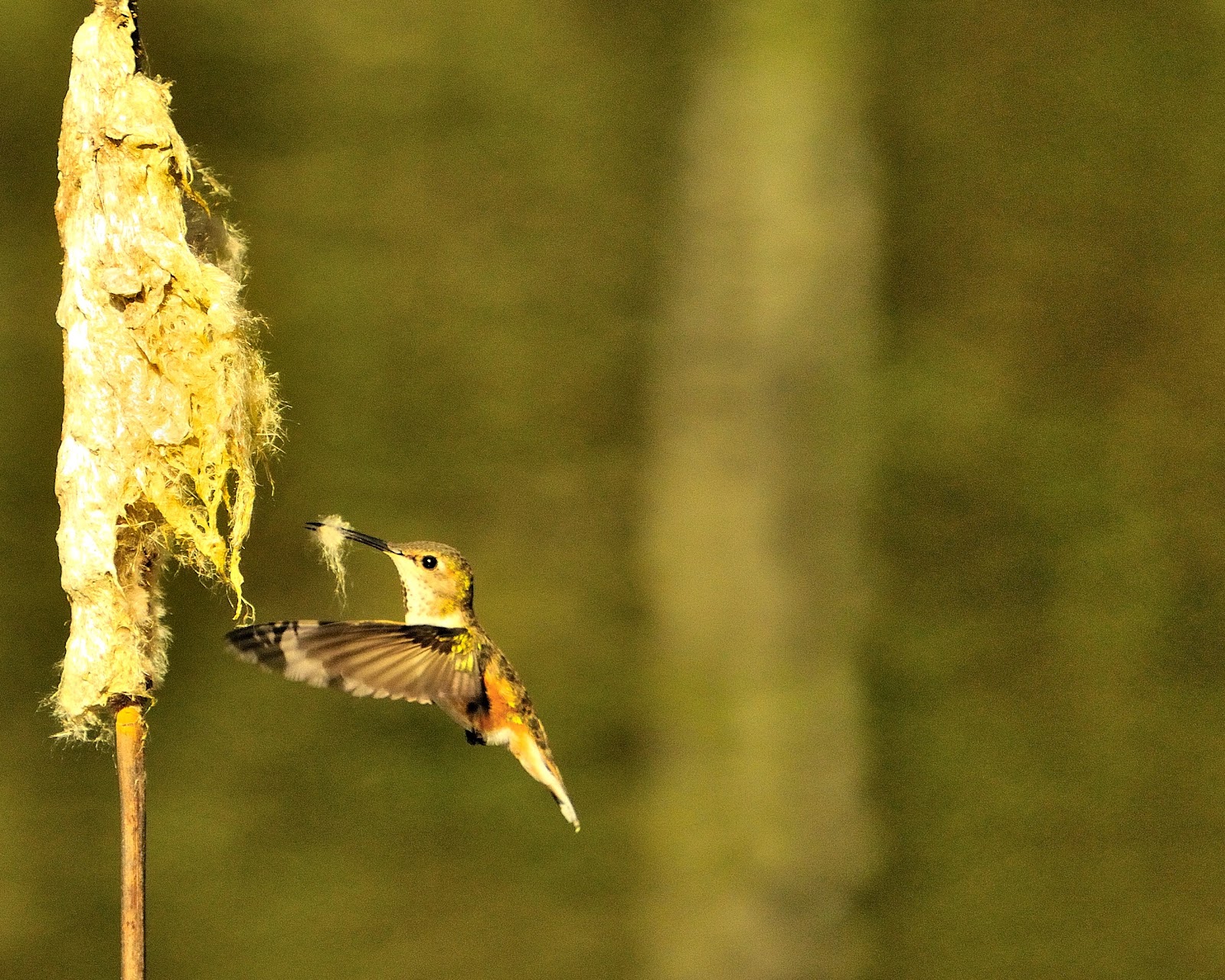You've often wondered how photographers come up with such eye-catching photos; the colors are intense and the scene just pops with dynamic vibrance.

Yet you wonder why, when you upload your shot you took that you thought was awesome; your photographs look flat, compared to the images that other landscape photographers create.
No, it's not the fault of your camera. The image that comes out of your camera can only be perfected to a certain point. You can get the exposure right, you can get the composition (the way you see the image) in camera but everything else has to come from what's termed as Post. From there the camera produces a digital negative. This is known as your RAW file or if you shoot a Nikon, it is called an NEF file. That's the extension that is on your camera image file (for example DSC_0591.NEF). This NEF or RAW file captures all the dynamic light in the image, but it leaves the image flat so that you can go into an editing program such as Adobe Lightroom in order to do the post-processing/editing to create a final image; essentially create the image that you see in your mind's eye. That's right, in the film days, this was known as taking the image to the dark-room. We in this age use the computer as a digital darkroom.
Make no mistake, post-processing will not correct the problems associated with exposure or bad composition. Those two key things are the things that you have to get "right in camera." The more correct terminology is to "get it correct in camera."
In a later blogpost I will go through the steps that I use to post-process my images before I post them onto social media sites such as Facebook, Google+ or Instagram. I also will show the work I put into an image before I put it into an image portfolio site such as 500px.
But here is a before and after shot of an image that I have edited.
What originally comes out of your camera if you have the exposure and composition right is this...barring the limitations of your lens you have on your camera.

After Post-Processing/Noise reduction - Shooting in ISO 1250 on a D300s produces a lot of image noise.

The image now has a lot more punch and has more dynamic range of color. And shooting at ISO 1250 automatically means that you do have to do post in order to have a usable image. And in order to be able to shoot at the high shutter speeds necessary to capture a hummingbird in mid-hover, the way I pictured it, I had to shoot at that ISO. Also the image has been cropped to an 8x10 to get rid of certain artifacts in the image that result from the limitations of not having the time to compose the image to the way that I wanted it entirely due to the subject matter. And because I'm currently limited to Nikon View; I do not have a healing tool to be able to get rid of artifacts such as dust-motes on the sensor. I will eventually have to get my D300s into Nikon to get the sensor cleaned (yeah, I'm too chicken to do it myself for fear of damaging the sensor).
Photographers tend to be a touchy lot and love to say things like "I get things right in camera"...but do they really? Even from film days, they were in the dark-room applying their own personal touch. So if photographers back in the 35mm and 4x5 format days were still having to use a darkroom to perfect their images, what makes them think that digital is any different?

No comments:
Post a Comment